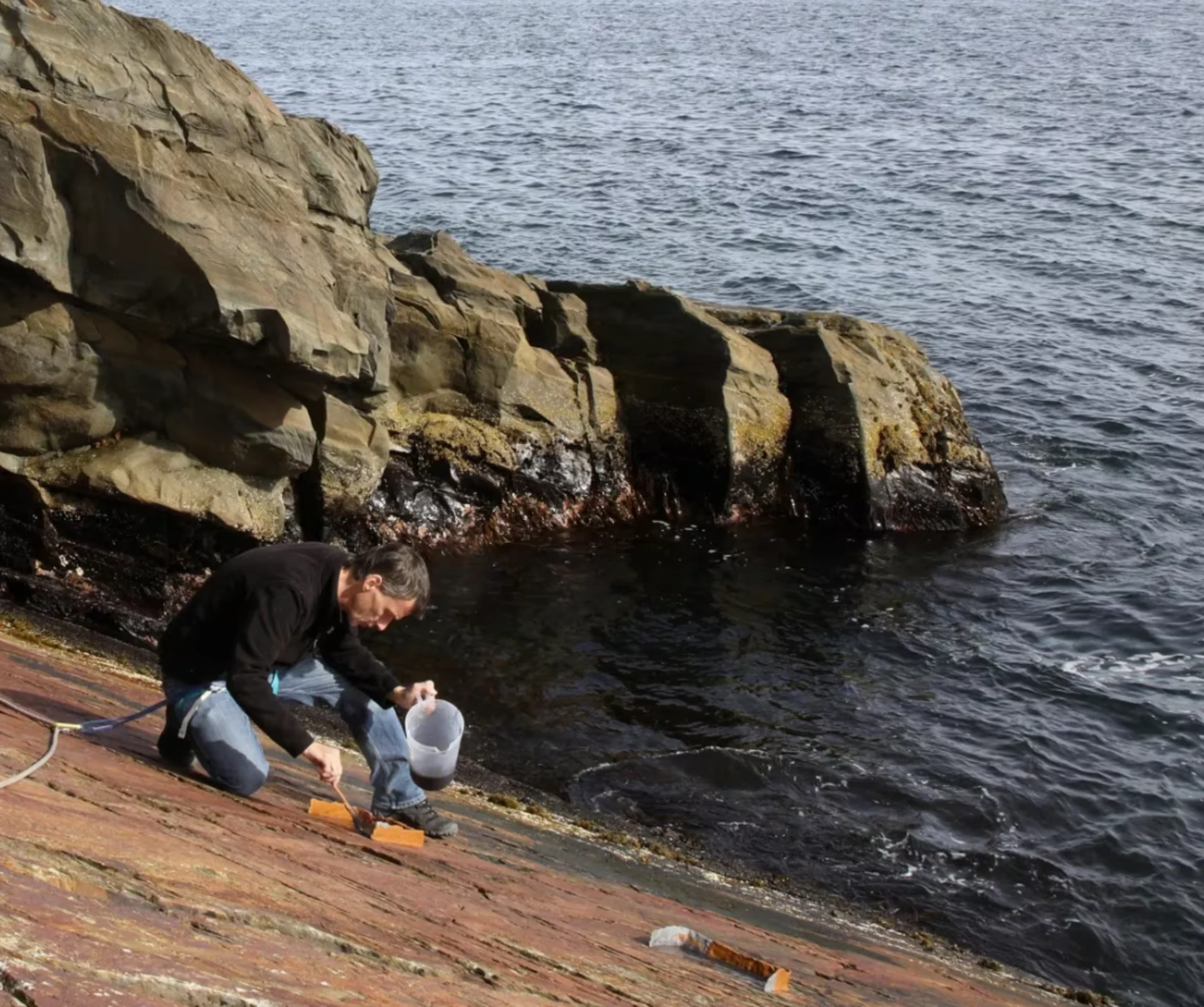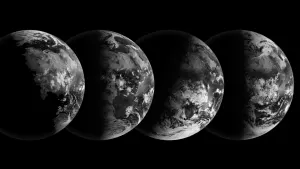
570-million-year-old fossil provides a glimpse of jellyfish history
To the average eye, it may just look like a rock, but for two Memorial University earth scientists, it's a window into a prehistoric world.
The imprints visible on the rock are fossils marking one of the most important scientific achievements of their careers — and it provides information about jellyfish that are still common in Newfoundland waters.
Ten years ago, Rod Taylor and Duncan McIlroy found a fossil called the Haootia quadriformis on the Bonavista Peninsula.
"Haootia" derives from a Beothuk word that means "demon," McIlroy said, but the animal itself was a jellyfish relative with four tentacles and was only about 10 centimetres tall.
DON'T MISS: Kids discover rare T. Rex fossil on a family hike
Discovered in 2008 and estimated to be more than 500 million years old, the Haootia quadriformis was the earliest known evidence of animal muscle — until now.
Four years ago, Taylor and McIllroy discovered another fossilized species near Port Union that now represents the new earliest evidence of muscle tissue in an animal.
In late August, they published a paper documenting their findings in detail.
"The rock layer [where] this was found is actually considerably lower in the rock sequence, which means that it had to be deposited previously," Taylor said. "It represents the new oldest muscle tissue in the fossil record."
Called Mamsetia manunis, the organism is a species of stalked jellyfish. It has four arms and a ring of muscle around its mouth.
Taylor said the species is comparable to today's jellyfish.

A visual representation of what Mamsetia manunis may have looked like when alive. (Submitted by Rod Taylor)
"It's like taking a modern form and sending it back in time 500 million years and sticking it in a rock," he said.
Estimated to be 570 million years old, Taylor said, the species hasn't evolved much over the years. The jellyfish could anchor themselves in place, filter feed using its tentacles, and move to different parts of the ocean floor similar to stalked jellyfish found in North Atlantic waters.
SEE ALSO: Weird ancient tree from before dinosaurs found in Canadian quarry
"It's remarkable that these things have survived for more than half a billion years. It's such a similar body form, but in other ways it's not surprising because essentially they found a design that worked in the environment where they lived and some of them stuck with it," he said.
Taylor said the discovery of the Mamsetia manunis fossil was one of the best days of his life.
"My brain just kept saying it can't be. There's only one known on the planet. And within two or three minutes, I just had that as it has to be," he said. "I found this more than four years ago and even talking about it here now, my heart is starting to race."
Thumbnail image credit to Rod Taylor via CBC News.
This article, written by Jenna Head, was originally published for CBC News. It contains files from On The Go.









